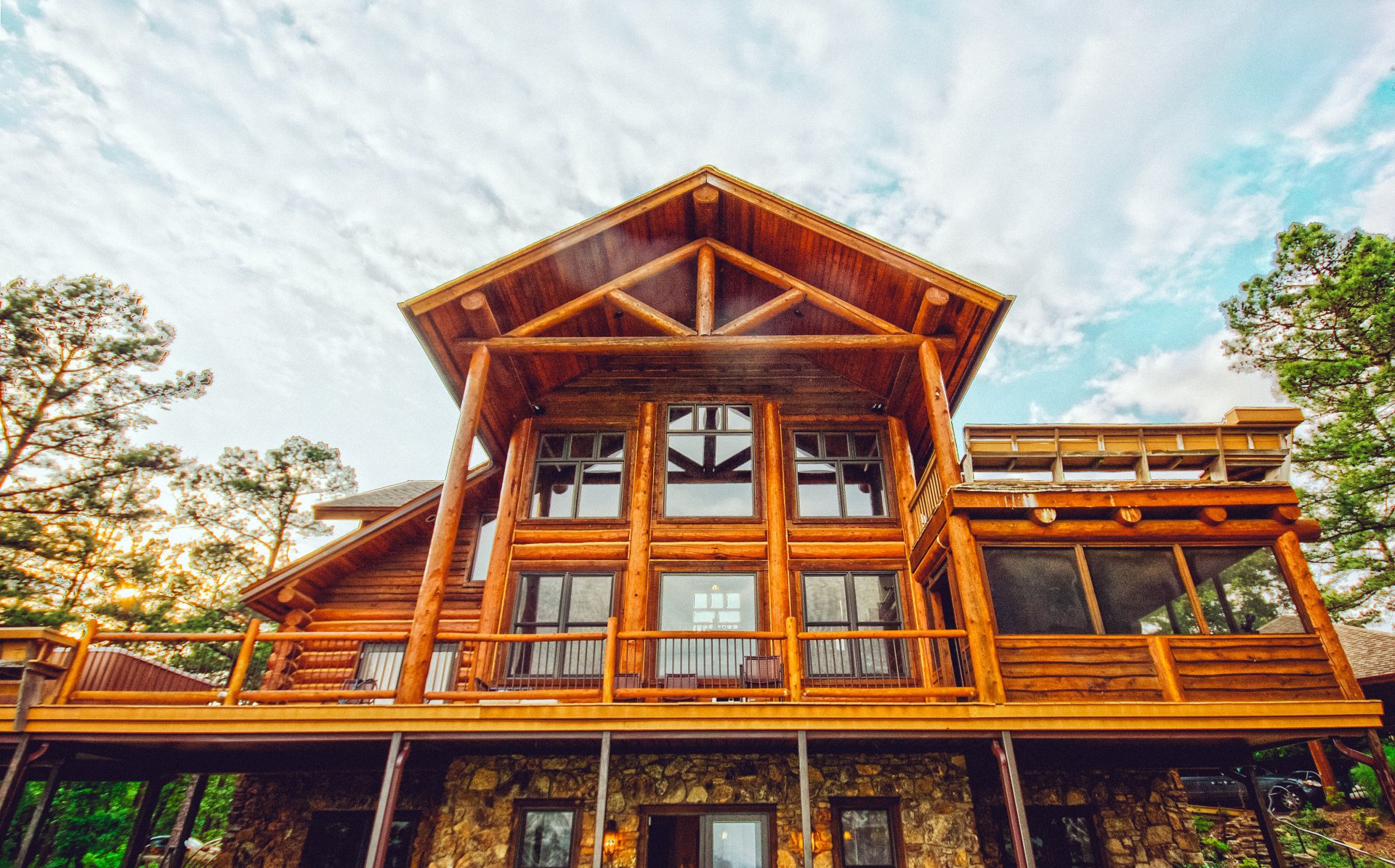It's time for a wooden revolution
10 May 2022

Although a single house now takes root like a lone twig in a concrete world, cities made of wood are far from wishful thinking. It is time for a wooden revolution.
GertJan Rozemeijer can hardly describe what it feels like to step into a wooden home, even though he has been designing wooden load-bearing structures with the consulting firm Lüning for years. "It really is a different experience. Beautiful, cuddly, it feels nice and is healthy. It overwhelms me every time. Very remarkable. Ideally, I would like to build my own house in wood, too."
As long as that is still unattainable, he puts that desire into "Building in Wood," which gives a face to the cooperation within Oosterhoff in this area. GertJan does this together with, among others, Arne Balvers, director at sister company bbn consultants. "Our ambition is to bring about change in people. By inspiring, taking away fear of difficulties and starting a movement in the sector."
In any case, the tide is with them. The Netherlands is yearning for more housing. We need to move fast to make up the shortfall. At the same time, the magnifying glass is on sustainability more than ever due to climate goals. "Until now, the focus was mainly on energy consumption," says GertJan. "Now the focus is shifting to materials. If you look at the impact on the environment and CO2 emissions, wood is a logical and the most sustainable choice. Wood stores CO2 and moreover, when processed, emissions are many times lower than for concrete. In addition, wood lends itself very well to prefabrication and fits seamlessly into a circular economy. "So there are many opportunities for wood."
Although wood construction is attracting increasing interest, what is emerging on Dutch soil is still only a snippet on a concrete slab. The construction industry is not yet geared to it, and the knowledge lies with a handful of companies. GertJan: "Wood requires a different way of working and designing from the very first sketch. For that you need specialists and an integral view."
Therefore, at Oosterhoff the different operating companies work closely together. GertJan: "Normally there is a hard separation between design and elaboration. With steel and concrete that's fine, but with a timber construction that doesn't apply; the screws and bolts also determine the dimensions there. If you really want to go all-out for wood, it is important that you make those choices at a stage when this is still possible. Then the project is really feasible and doable, even in high-rise buildings."
Arne: "In addition to detailed technical knowledge, we also know exactly what costs are involved in wood construction. In addition, with wood you can also look at the benefits for users. Scientific research shows, for example, that in wooden buildings sick leave goes down and learning performance improves.
Inspired by the book Tomorrow's Timber, which now even has a special Lüning edition, Oosterhoff wants to bring the industry along in a timber revolution. "Not only by doing special projects for customers, but mainly by inspiring, and sharing knowledge and experiences," says Arne. To this end, they regularly organize meetings for architects, project partners and clients.
GertJan: "Our dream is that everything we build has no negative impact on the environment, biodiversity and health; that my children and their children can also live and build."